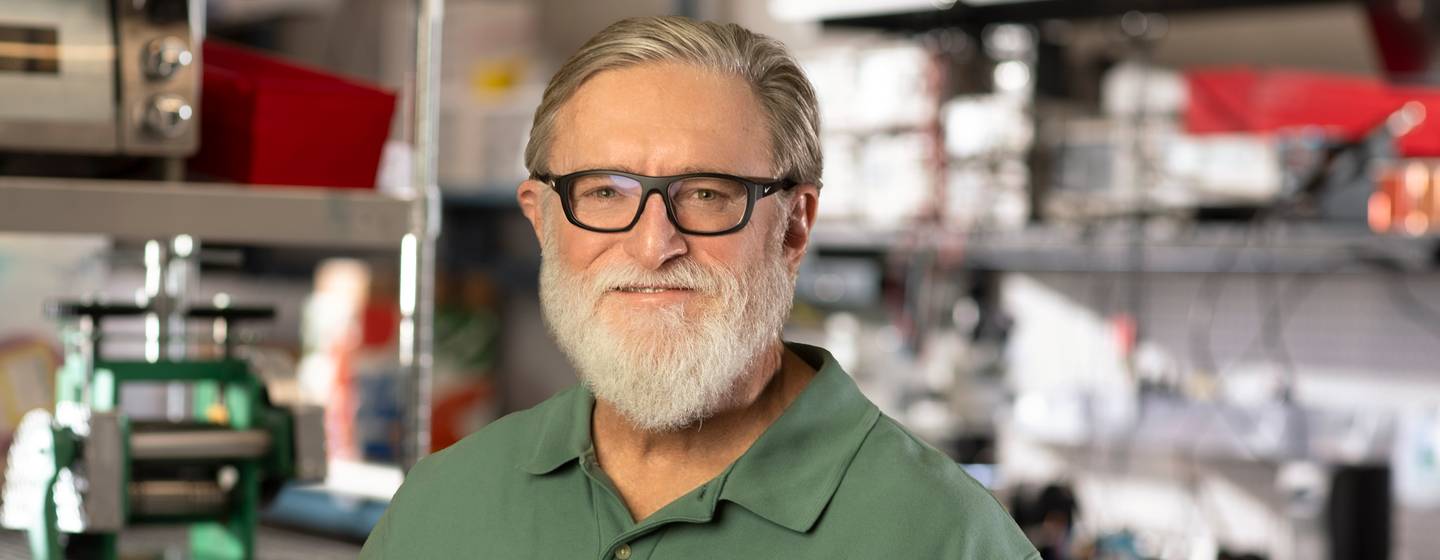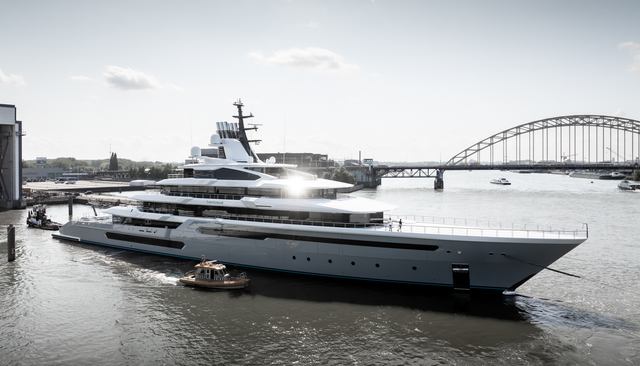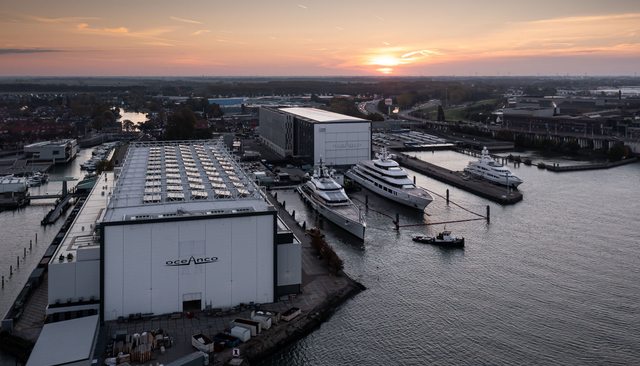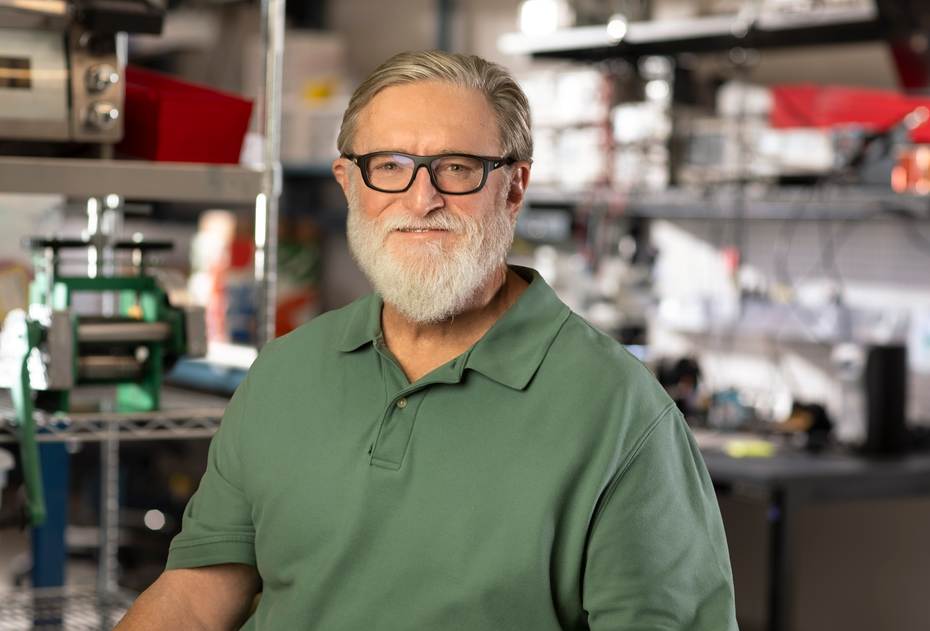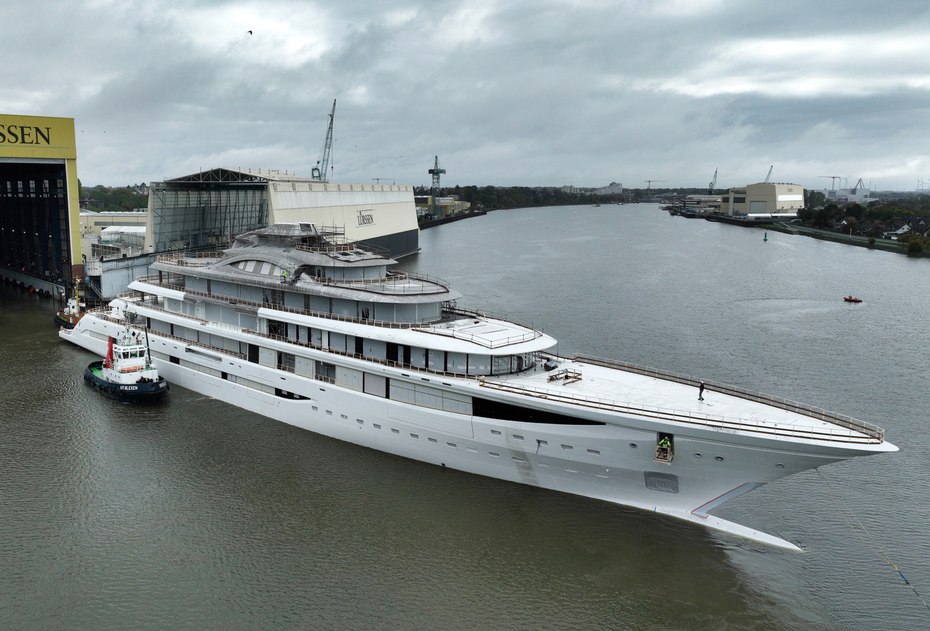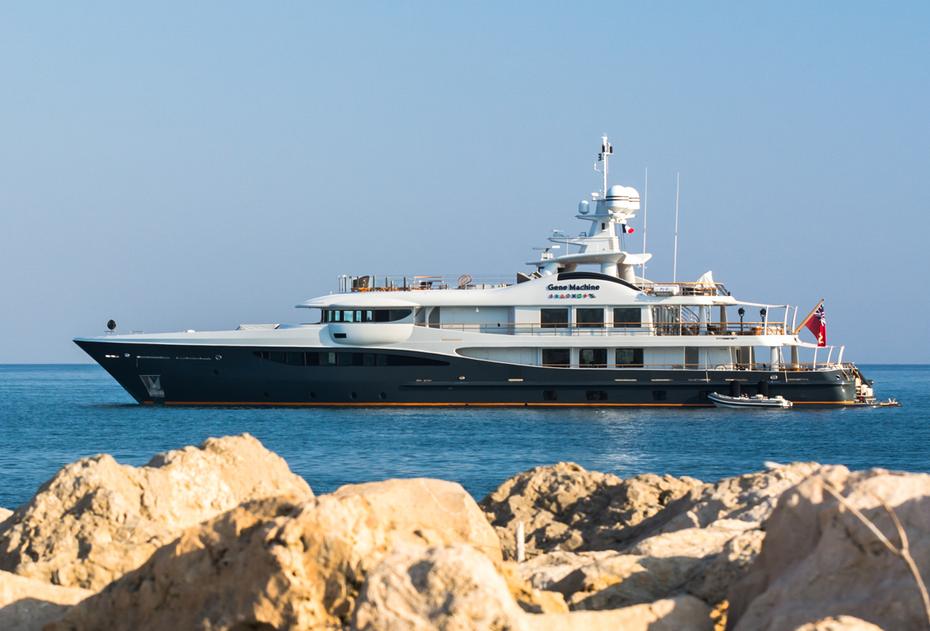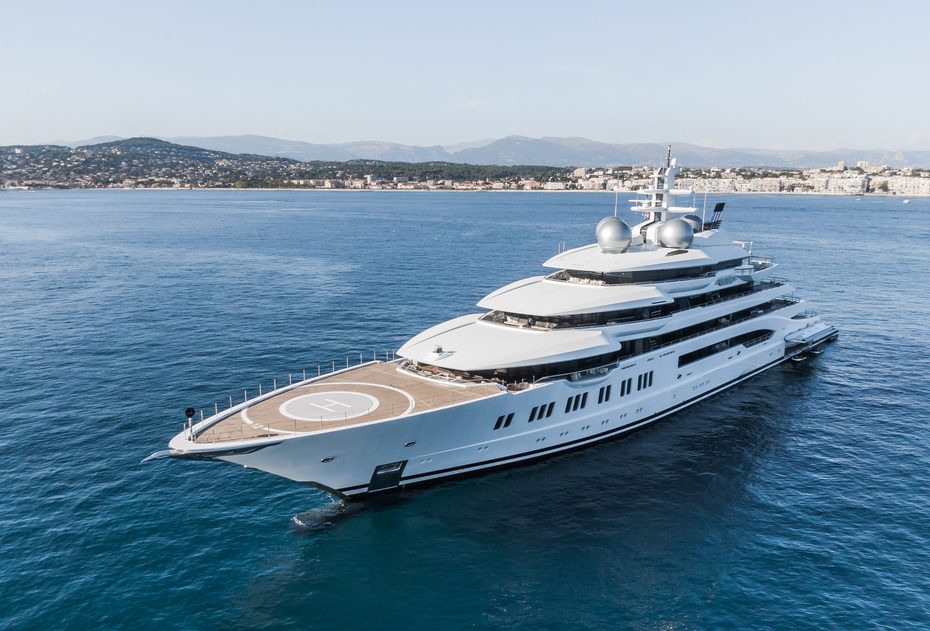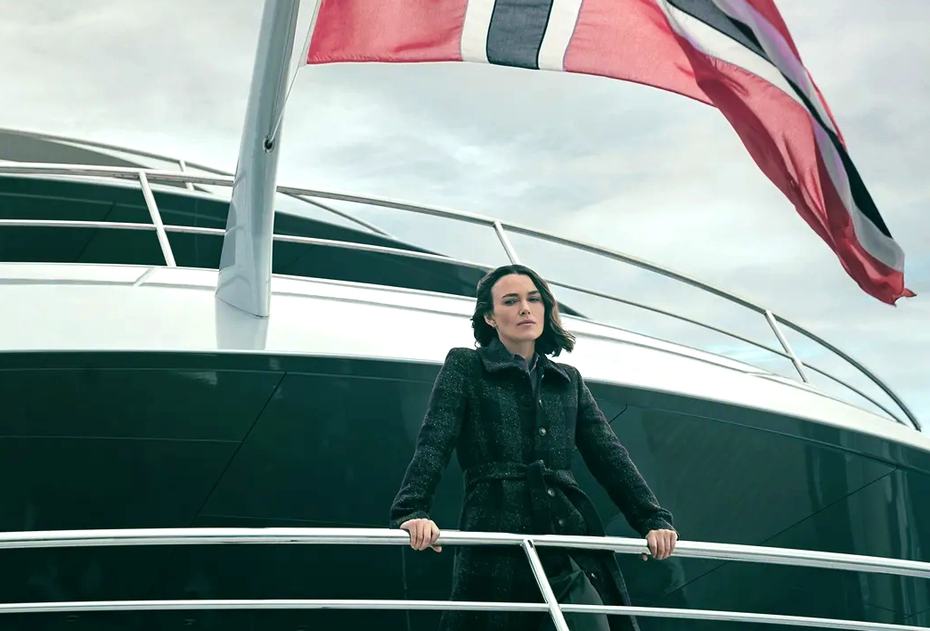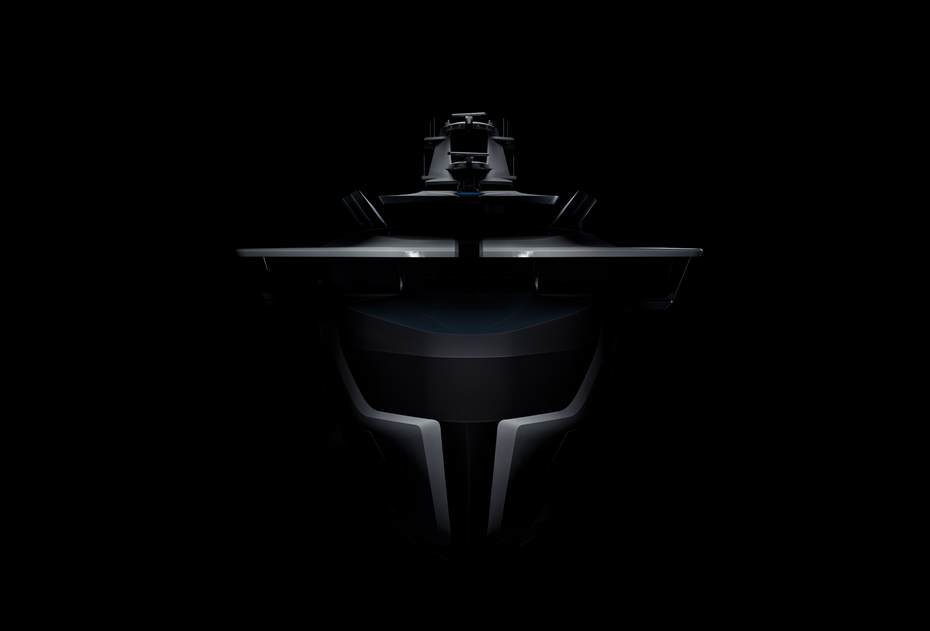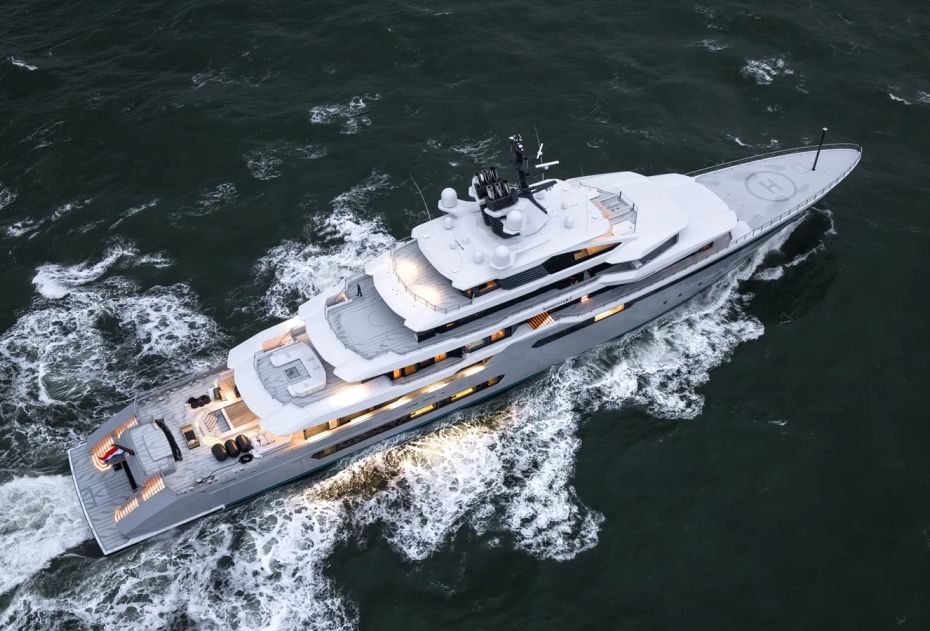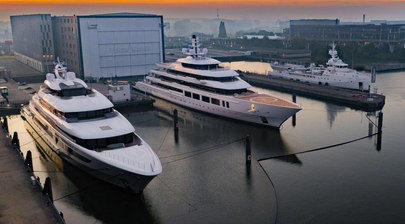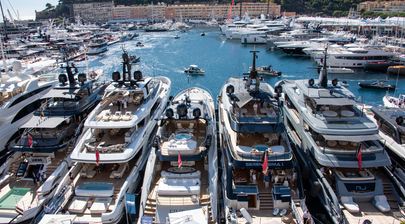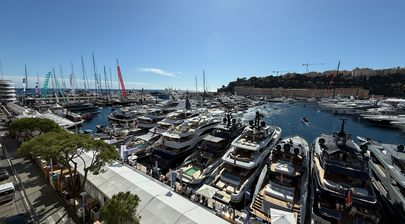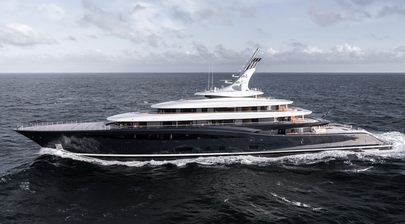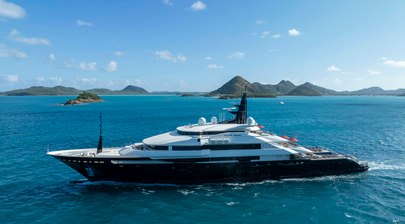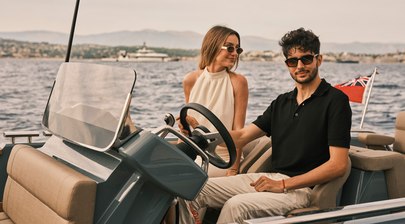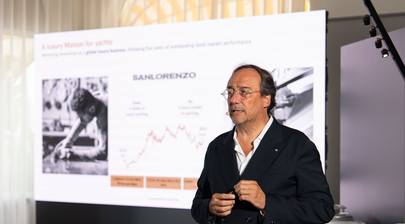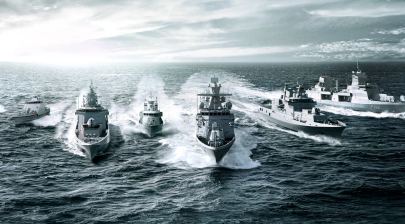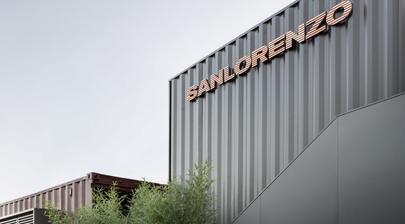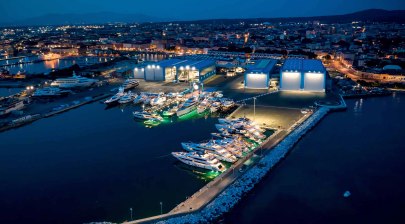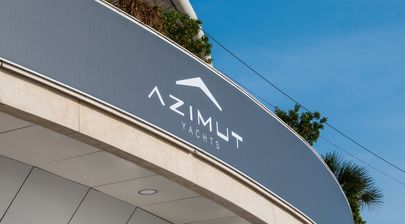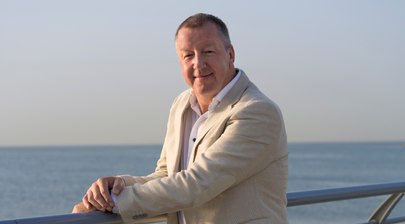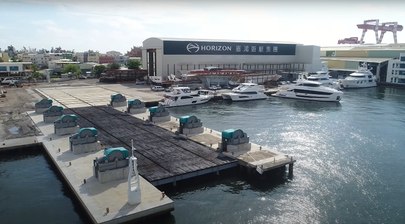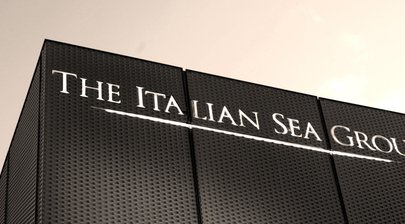But perhaps the most consequential part of his vision may be less glamorous and more practical: a shift in how yachts are designed and operated. For Newell, efficiency begins not with engines or fuel systems, but with the crew.
Speaking via Zoom from on board his yacht, Newell addressed a private roundtable of around a dozen journalists - including YachtBuyer - where he laid out his philosophy in detail and fielded wide-ranging questions about his fleet, Oceanco, and the future of yacht design.
A Crew-First Philosophy
Newell, co-founder of Valve Corporation and one of the most influential figures in technology, has never been shy about applying lessons from software development to other fields. Now, as both a yacht owner and a shareholder in Oceanco, he is turning the same mindset to yachting.
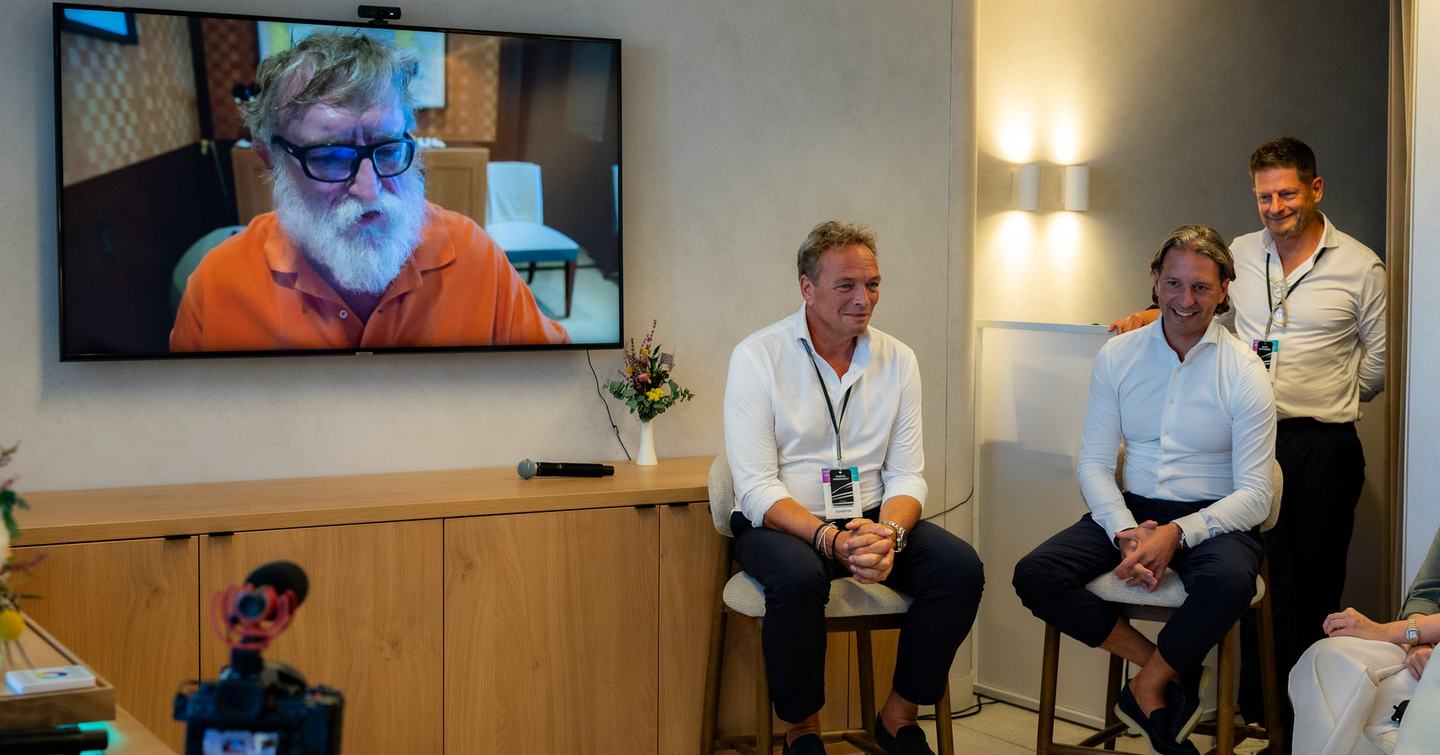
“I wouldn’t suggest that other owners think of it this way,” he told journalists at the press conference. “But what we try to look at is when you have crew on board a yacht, what are the most valuable experiences for the guests and for the owner? Do you want a crew member taking a guest out on a jet ski, or do you want them polishing chrome?”
Polishing teak is great... but we'd rather they spend less time on deck maintenance and more time interacting with the other people on board the vessel."
Owner
Oceanco
It was a telling example. Maintenance is essential, but Newell argues that too often design choices dictate endless cycles of upkeep that add little to the guest experience. By rethinking those choices from the start, yachts can be designed so crews spend more time creating experiences and less time stuck in maintenance-heavy routines.
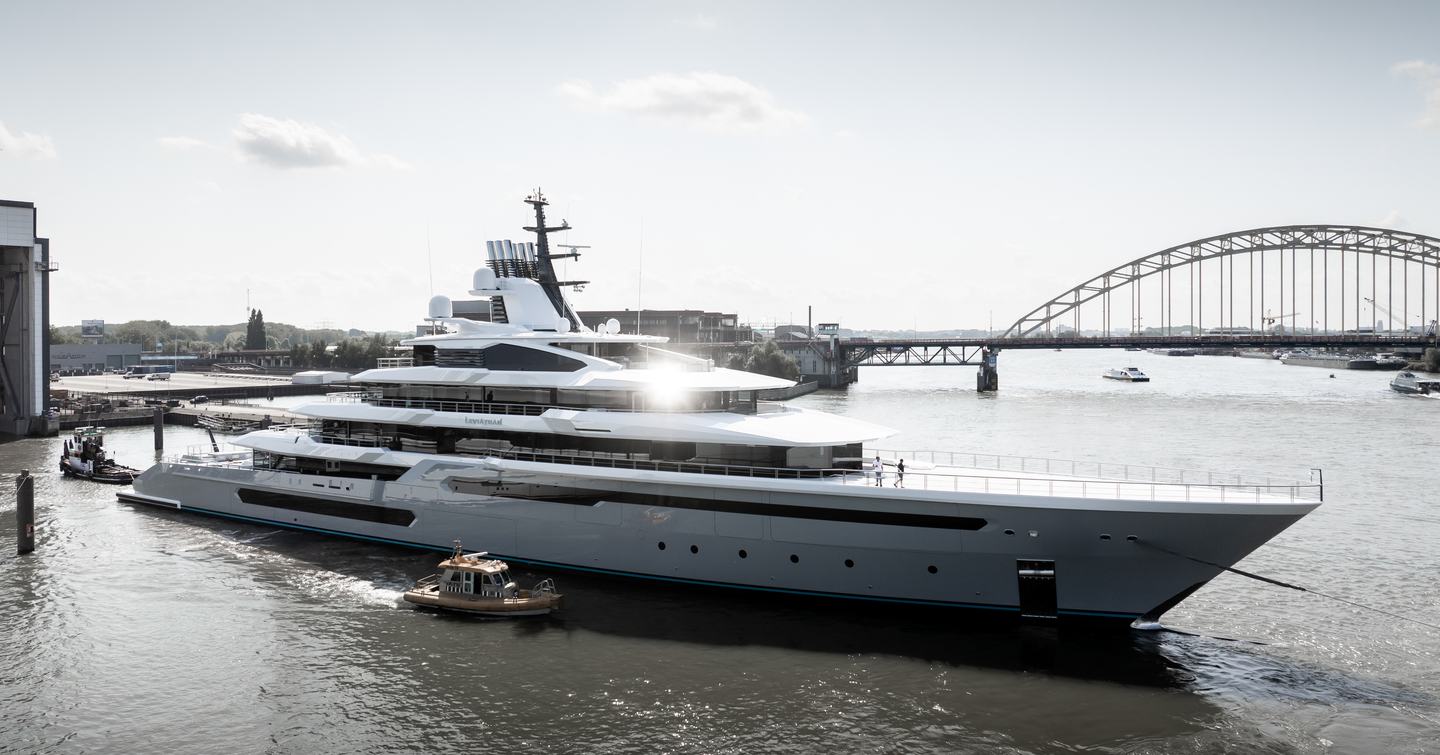
On the 111m superyacht Leviathan, a new build just under 5,000 gross tons due for delivery in 2025, teak decking has been replaced with Bolidt’s synthetic material. The reasoning is straightforward: teak looks beautiful, but requires sanding, caulking, scrubbing, and oiling. By contrast, Bolidt retains a similar aesthetic while dramatically reducing upkeep. “It’s about thinking where the real experience that creates value is occurring,” Newell explained.
Crew in the Design Studio
The idea extends beyond materials. In Newell’s fleet, crew are actively involved in designing tenders, galleys and operational spaces. He recounted how the experiment began with a dive tender. Instead of outsourcing design, he asked the dive team to determine what they needed. The results, he said, were so effective that the approach has now expanded into other areas.
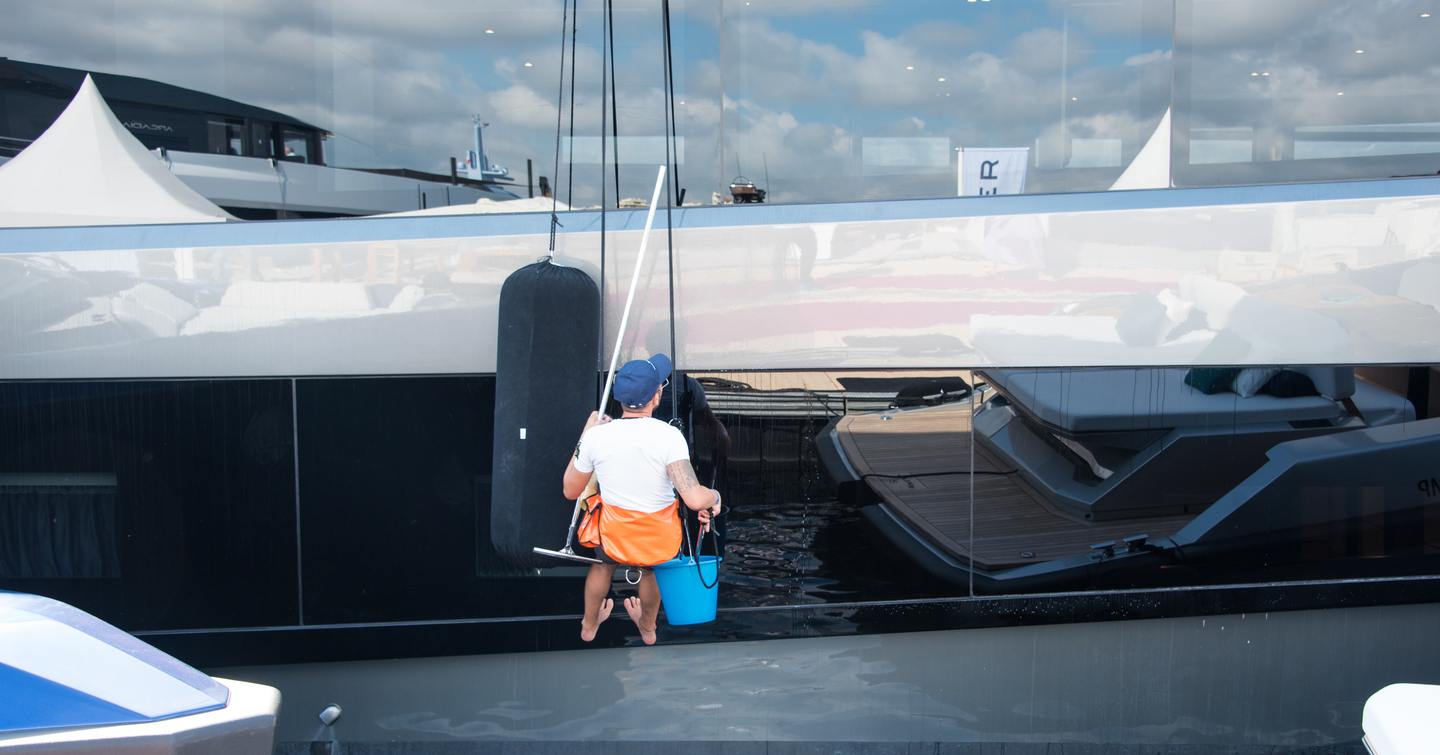
Newell explained that once crew were asked to consider not only daily operations but also how design shapes those operations, their impact was immediate. “It was remarkable how useful their insights were and how quickly they grabbed that opportunity and ran with it,” he said. “Suddenly galleys were more efficient, stores management worked better, workflows were clearer. Even as someone who admits he can barely boil water, it was obvious that the crew-designed galleys were more fit for purpose than traditional layouts.”
The more the crew is involved in the design of the spaces that they are going to operate in and maintain, the better the outcomes."
Owner
Oceanco
For Oceanco, this approach could mark a shift. Traditionally, crew feedback is gathered late in the process or filtered through intermediaries. Giving operational teams a direct hand in design means spaces are created with day-to-day realities in mind from the start.
The Economics of Efficiency
Behind the philosophy lies a hard economic reality. Running costs are one of the most persistent concerns for yacht owners, often amounting to 10 percent of the yacht’s value annually. Crew salaries are one of the largest single line items in those budgets.
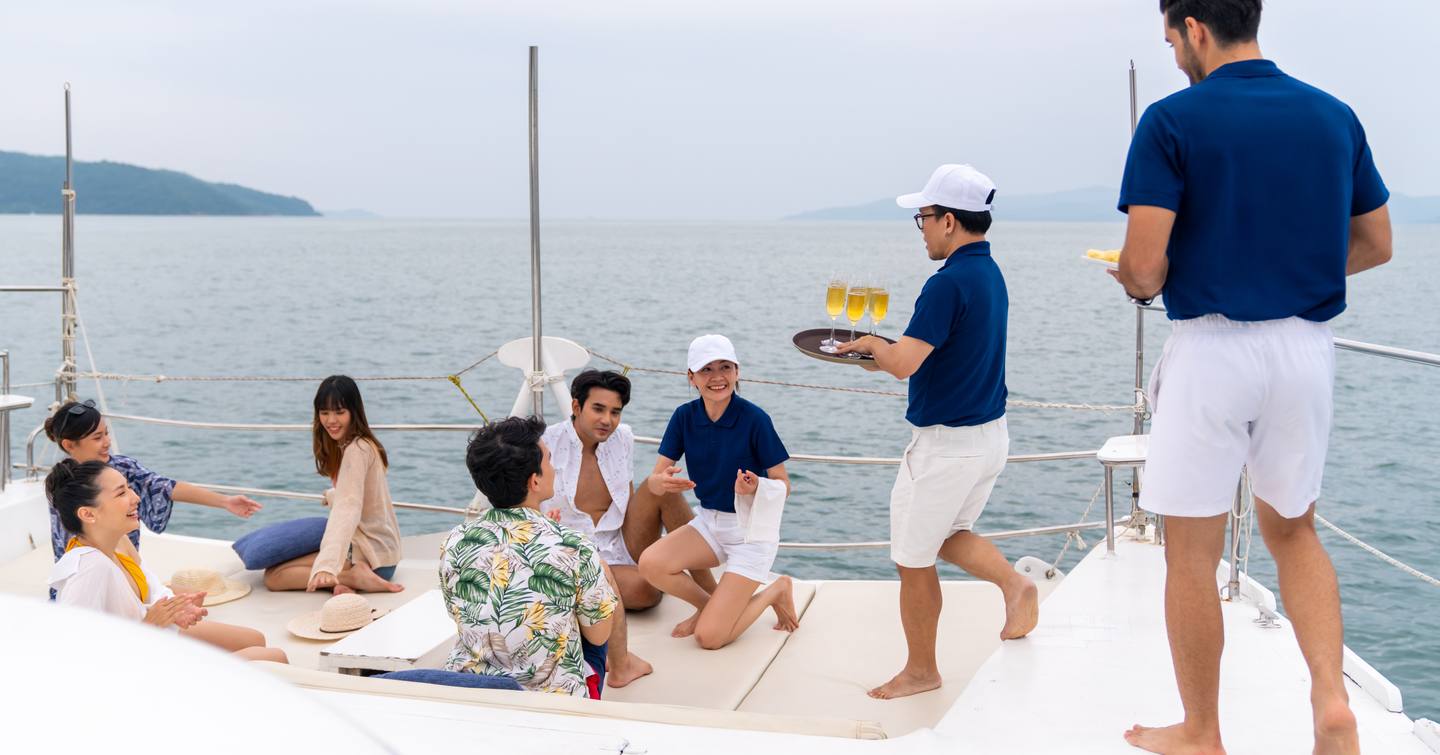
Newell is not advocating cutting crew, but rather making their time more productive. A galley designed by chefs and stews, or a tender designed by divers, may not reduce the number of crew required - but it reduces wasted hours and allows the same crew to deliver more direct value. For owners, that can mean a yacht that feels more rewarding to run. For crew, it can mean a workplace that makes better use of their skills.
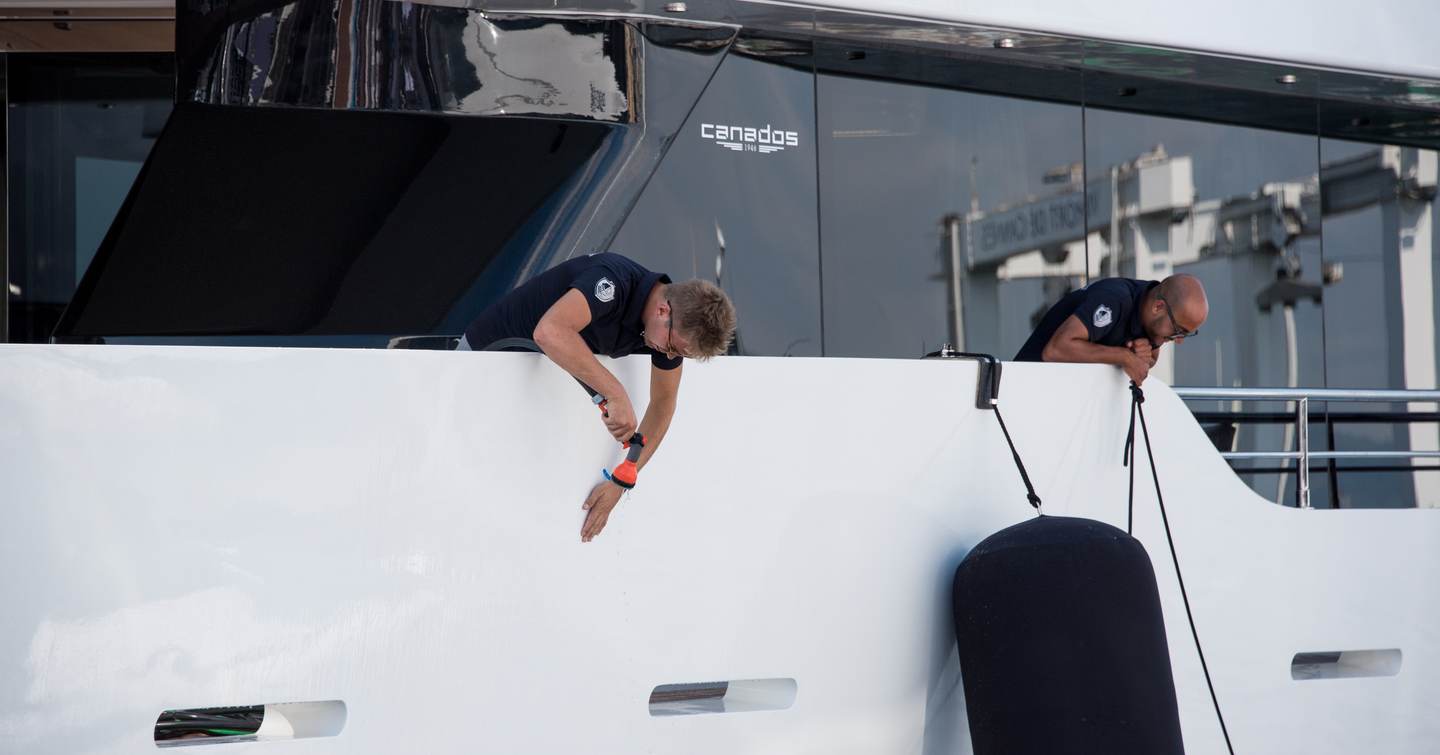
Efficiency, in other words, becomes a question not of fewer crew, but of better-aligned crew. “We want to increase the productivity of the crew on board,” Newell said. “That’s how you maximize the meaningful experiences for everyone.”
Technology in the Background
While the crew-first philosophy is central, Newell’s technology background inevitably filters through. A self-taught machinist who once kept a five-axis CNC mill in his living room, he lights up when talking about advanced materials and machine learning.
One project he supports is developing submersibles from ALON® (aluminium oxynitride), a transparent ceramic stronger than titanium. “It’s so strong that titanium becomes the gasket material,” he said. The aim is a fully transparent, full-ocean-depth submersible hull - a tool both for science and for creating guest experiences.
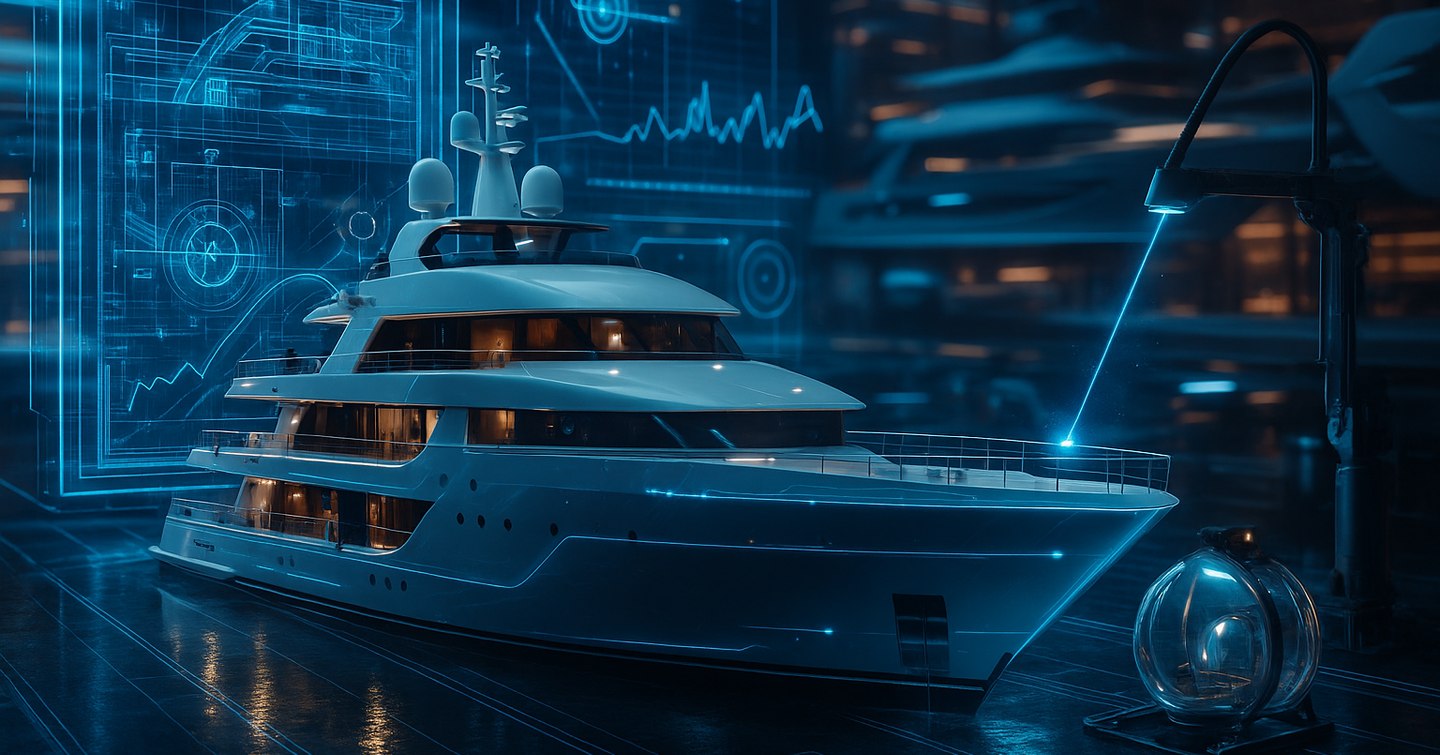
He also talks enthusiastically about AI-driven shipbuilding: installing stress gauges across hulls, collecting time-series data, and comparing real-world performance to model predictions. Such approaches, he argues, could validate designs and improve efficiency across future builds. “It’s about putting shipbuilding in front of the wave of technological advancement,” he said.
But for all the talk of AI and materials science, he is clear that these are longer-term prospects. In the near term, the biggest disruption may come from unglamorous details: a non-teak deck, a better galley, a tender designed by crew.
What It Means for Oceanco
For Oceanco, Newell’s stake is about reinforcement rather than revolution. “Initially, my involvement is just about supporting the things the organization already knew it wanted to do,” he said. One of those priorities was the acquisition of Alewijnse, the Dutch systems integrator, to strengthen the group’s integration and vertical control.
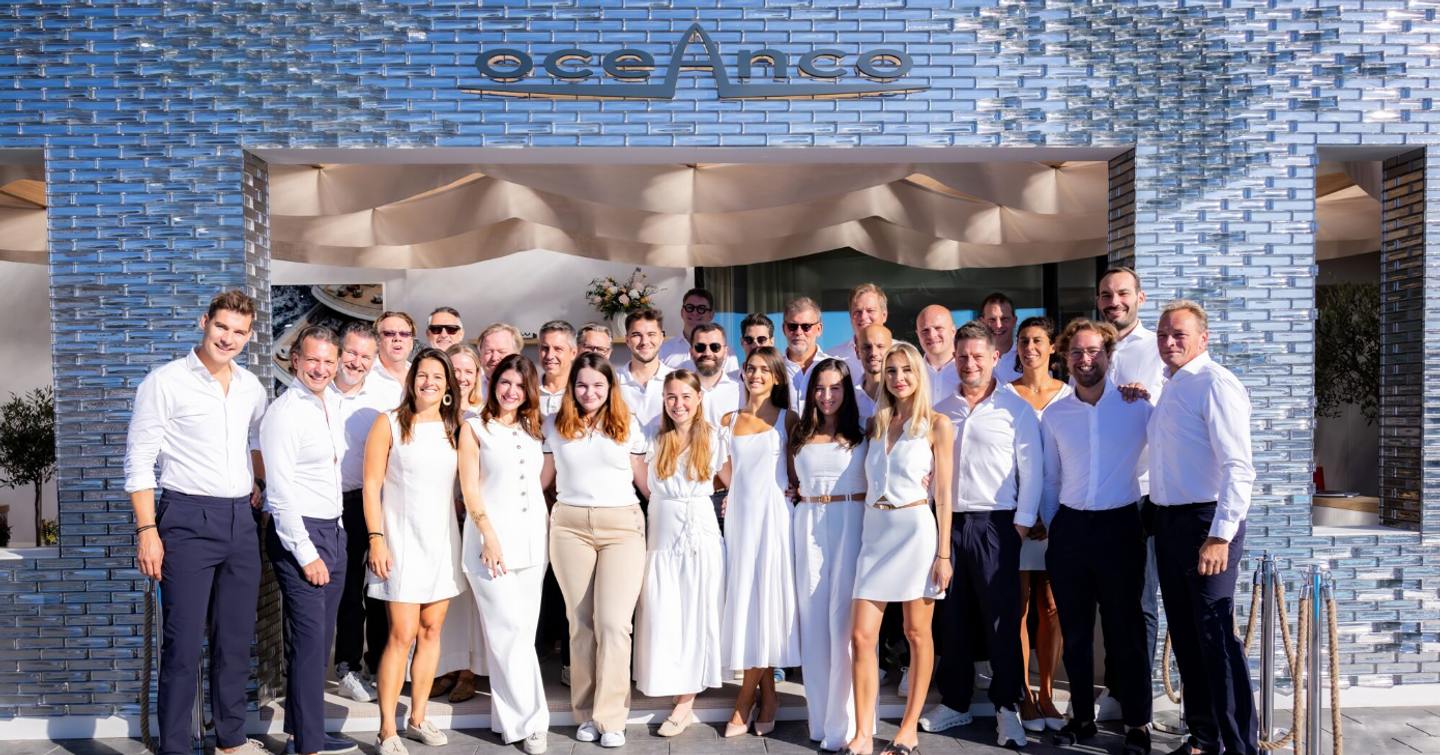
But as a shareholder who also lives full-time at sea, his focus is distinctly operational. In his view, Oceanco’s future value lies in making yachts that not only impress at launch, but continue to feel efficient and rewarding over years of operation. Crew-centric design is central to that long-term equation.
CEO Marcel Onkenhout echoed the point. For him, the collaborative process of building Leviathan with Newell and his crew had been unusually energizing for the shipyard. “It created a different vibe in the whole design and building process,” he said. “It accelerated things, and it inspired the company.”
Implications for the Industry
Newell’s entrance into yachting comes at a time when running costs and crew culture are under increasing scrutiny. The industry has long accepted that crew are essential, but not always central, to design. By reframing yachts as platforms where efficiency starts with the crew, Oceanco may nudge rivals toward similar approaches.
The implications go beyond day-to-day operations. Crew-centric design could also play into recruitment and retention, making yachts more attractive workplaces in a sector facing labor shortages. A yacht where galleys, cabins and workflows are designed with crew input is likely to see happier, longer-tenured teams. That, in turn, reinforces the owner and guest experience.
I think it’s tempting but short-sighted to focus on the cost side... It’s way more interesting to explore the ways that you can create more value for the owners of Oceanco yachts.”
Owner
Oceanco
There are also resale implications. A yacht that runs more smoothly, with lower avoidable maintenance, and with spaces optimized for efficiency, is likely to hold value more effectively in the brokerage market.
A Different Kind of Disruption
For all the talk of advanced technology, Gabe Newell’s most disruptive contribution to yachting may be in bringing focus back to the human element. By asking where crew hours go, and how design can shift them toward value-creating experiences, he is opening a conversation the industry has often left unspoken.
According to YachtBuyer Market Watch & Intelligence, the largest yacht database in the world, Oceanco has two additional 100-meter-plus superyachts underway or on order at the time of writing. The 111m DreAMBoat, a 4,550-GT vessel scheduled for delivery in 2026, joins the 130m Oceanco Y727, due in 2030 with a gross tonnage of 11,061. The latter project was formally contracted with Lloyd’s Register during the 2025 Monaco Yacht Show, continuing a 38-year partnership between the two organizations.
Together with Leviathan, these projects underscore the scale at which Oceanco now operates - and hint at how Newell’s crew-centric, technology-driven philosophy may shape not only future designs but the yard’s broader direction.
Interested in owning an Oceanco yacht? View all new and used Oceanco yachts for sale globally, tracked through YachtBuyer MarketWatch, with only real listings - no fake options to waste your time. Alternatively, view all superyachts for sale.
